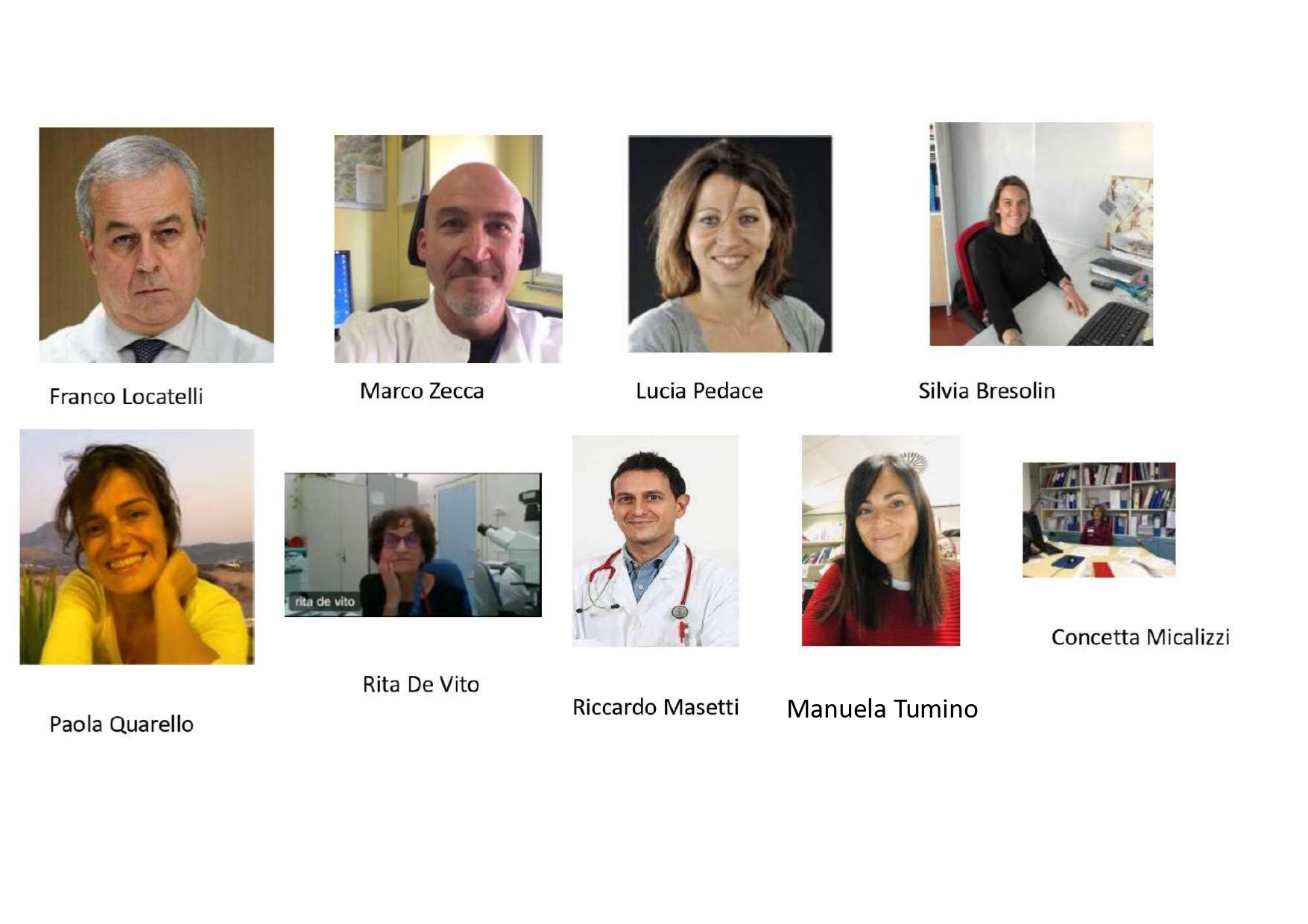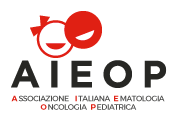MEET AIEOP’S WORKING GROUPS!
Each week we are featuring two of AIEOP’s 29 Working Groups and their coordinators as an opportunity for the international medical community to get to know them and their important work!
Meet AIEOP’s Myelodysplastic Syndromes Working Group
&
Coordinator Riccardo Masetti

Tell us a little bit about your background as Coordinator of the Working Group.
Since the beginning of my career in childhood oncohematology I have always dealt with childhood myeloid disorders. Initially I actively took part in the Acute Myeloid Leukemia Working Group coordinated first by Prof. Pession then by Prof. Locatelli and of which I am still a member, then I began to deal with myelodysplastic syndromes and juvenile myelomonocytic leukemia (JMML) inheriting the coordination of the Italian group from Dr. Mint. I subsequently became the Italian coordinator of the international group EWOG-MDS European Working Group of Myelodysplastic Syndrome, which for many years has been the European scientific reference on myelodysplastic disorders of childhood. Active participation in this group has represented for me an opportunity for intense professional and human growth and has allowed me to expand and develop growth strategies of the AIEOP WG.
What is the overall goal and in addition a specific current goal of the WG?
Since the 2000s, the WG has focused mainly on the objective of establishing a national diagnostic network for the characterization of these rare pathologies and above all to standardize therapeutic management on the territorial scene with recommendations and behavioral protocols in line with those in Europe. In this sense, much progress has been achieved regarding the stratification of the prognostic risk, the search for alternative therapeutic approaches to transplantation in selected cases, the indication for transplantation and the improvement of the stem cell transplantation platform that often constitutes the curative strategy for these pathologies. During the last 10 years the diagnostic revolution brought about by the new gene sequencing technologies has led the group towards a great effort and commitment of resources towards the identification of genetic conditions predisposing to the development of myelodysplastic and myeloproliferative syndromes. The current objective is to guarantee a diagnostic and therapeutic approach on a national level that integrates various professionals in a multidisciplinary way to allow for a significant improvement in the treatment rates of these diseases.
What has been your WG’s greatest accomplishment?
In the past years I would say the creation of a diagnostic network for the centralization of conditions predisposing to the development of myelodysplastic syndromes created together with Prof. Locatelli and Dr. Pedace, which currently provides a service for the whole AIEOP community. But at the moment I would undoubtedly say the creation of the pathology Virtual Tumor Board platform sponsored by AIEOP, where national and international experts discuss the most complex cases in a multidisciplinary way and provide high-level scientific support for AIEOP clinicians involved in managing these situations.
What is your hope for the future of your field of work globally?
My hope is mainly aimed at the development of new pharmacological and immunotherapeutic approaches that can significantly impact the outcome of these pathologies as is already happening for other childhood hematological diseases. Myelodysplastic syndromes being rare and complex pathologies have unfortunately been penalized for a long time in terms of experimenting with new therapeutic approaches. The international community has recently taken significant steps forward in this sense, but I hope that the future holds a real therapeutic revolution in store for these children.

